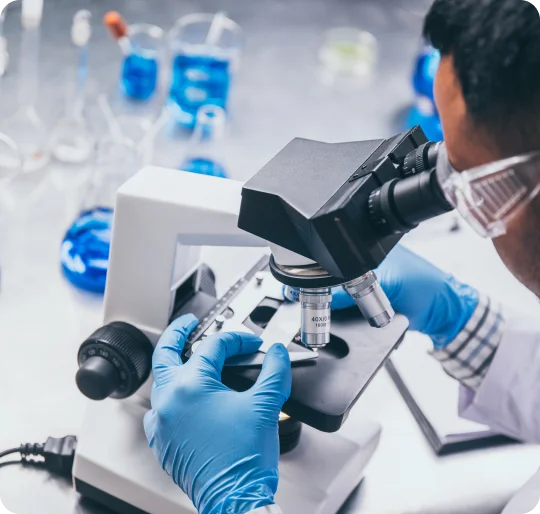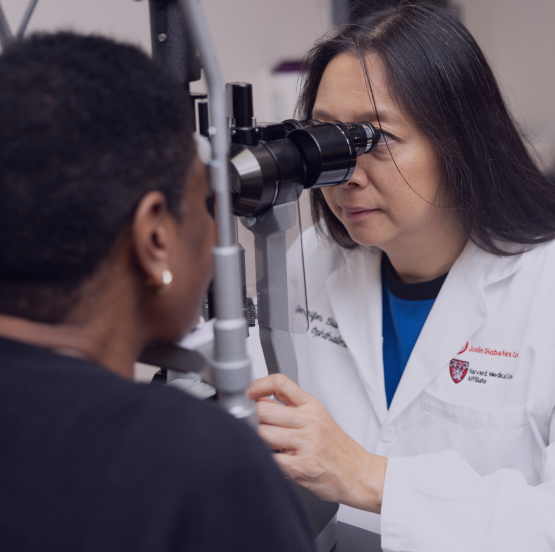The Challenge
Diabetes is the leading cause of vision loss and blindness in working-age adults. This constitutes a global health challenge, the causes of which are currently very poorly understood. We don’t know exactly how or when diabetes affects vision, and until now there has been no coordination of efforts to answer these questions so that prevention and treatments can be developed to help people with diabetes avoid this debilitating complication of their condition.
Our Response
Bring together the global scientific community, and people personally affected by DRD, and catalyze research breakthroughs to accelerate the development of new ways to preserve and restore vision in people with diabetes.
Recent advances in retinal imaging, gene therapy, tissue regeneration, neuroprotection, measurement of visual function, and data science offer hope for vision-restoring treatments and preventive measures against vision loss and blindness from diabetes so future generations will not suffer as Mary did. However, achieving these breakthroughs requires collaborative efforts, specialized resources, data sharing, and communication platforms. The Mary Tyler Moore Vision Initiative is undertaking a multiphase approach to creating critical research resources and tools and supporting the scientific programs needed to help make Mary’s dream of a world without vision loss and blindness from diabetes a reality.








